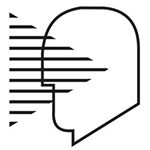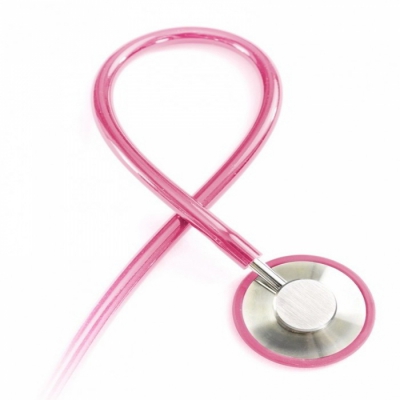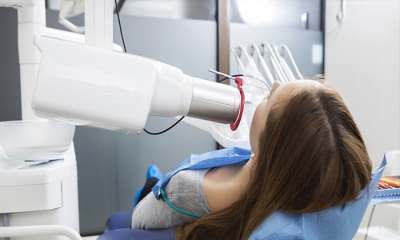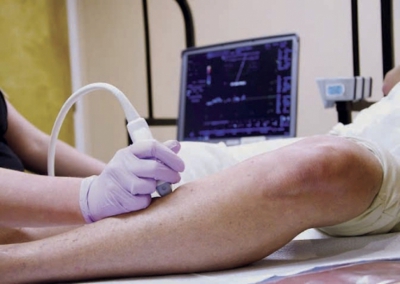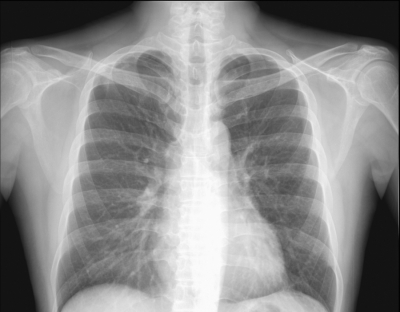CBCT images of temporomandibular joint were taken in 62 patients with temporomandibular disorders and 62 patients without TMD. The presence of bone changes including flattening, erosion, subcortical sclerosis, osteophyte, subcortical cyst, condylar hyperplasia and condylar hypoplasia of temporomandibular joint were studied at left and right sides on CBCT images. Furthermore, clinical findings in relation to temporomandibular disorders in patients were obtained from their records. The prevalence of bone changes and clinical findings in the 2 group of patients were analyzed. Radiographic findings in the right TMJ of TMD patients, included erosion (27.4%), osteophyte (17.7%), subcortical sclerosis (16.1%), condyle hyperplasia (6.5%) and flattening (40.3%). The prevalence of these bone changes in the right TMJ of non-TMD patients were 35.5, 6.5, 3.2, 0 and 37.1%, respectively. In the left side of TMD group; erosion was found in 29.0%, osteophyte 12.9%, subcortical sclerosis 12.9%, condyle hyperplasia 6.5% and flattening in 37.1% of the patients. The incidence of these changes in the same side of non- TMD group was 22.6, 3.2, 1.6, 0 and 32.3%, respectively. Significant differences were found for osteophyte incidence in the left TMJ(P=0.04), subcortical sclerosis in the right TMJ(P=0.02), subcortical sclerosis in the left TMJ(P=0.02) and condylar hyperplasia in both joints (P=0.04) between TMD and non-TMD patients.The most prevalent bone changes related to temporomandibular disorders included flattening, erosion and osteophyte. The changes were highly reported for temporomandibular disorders than healthy individuals and no significant correlation was found between TMJ bone changes and the patients’ age and gender.
Prevalence of osseous changes of the temporomandibular joint in CBCT images of patients with and without temporomandibular disorders یکشنبه, 06 بهمن 1398 ساعت 13:31
Radiographic examinations are a part of routine clinical examination of temporomandibular disorders (TMD) to verify degenerative bone changes in the joint structures. Assessment of the prevalence of osseous changes of the temporomandibular joint (TMJ) in CBCT images of the patients with and without temporomandibular disorders.
منتشرشده در
مقالات تخصصی
نظر دادن
Make sure you enter all the required information, indicated by an asterisk (*). HTML code is not allowed.
آخرین مطالب
تمام حقوق وب سایت مرکز رادیولوژی دهان، فک و صورت دکتر شهریار شهاب محفوظ میباشد، طراحی شده توسط گروه مشاوران کسب و کار نوین
